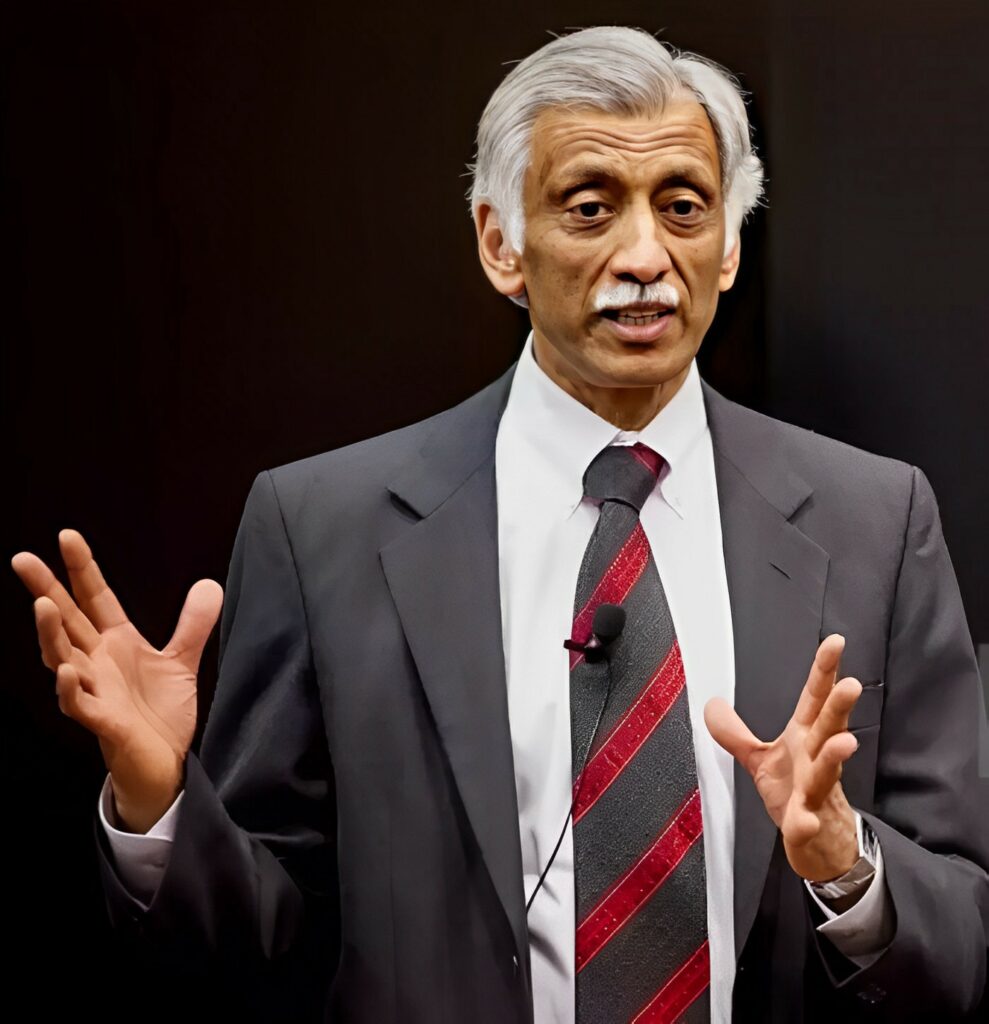As with so many things, product timing is crucial. The goal is to make your products create or intersect future market trends and to get there first. Be a first mover and not a late mover as often as possible. First movers can set the pace to gain an insurmountable lead. This happens when the first mover has not only great products but excellent sales channels to distribute their innovative product and capture large market share.
Of course, it is not always possible to anticipate every trend, and companies do react late when they miss a trend. When this happens, companies are typically forced to invest heavily and shift resources to catch up. Being a late mover works in large markets with unmet demand and where the leader has not addressed the demand, creating openings. In such situations, these late movers can also erode a leader’s position if they close the product competitiveness gap and have the channel power necessary to capture a sizable customer base.
Coca-Cola was the leader in the soda industry, and Pepsi settled into the second spot. Today Coca-Cola is the world’s largest beverage company, and PepsiCo has evolved into the world’s largest food processing company. Uber innovated and gave us rideshare, and Lyft emerged later. Amazon set the trend for online shopping, and many retailers have followed. Apple launched the iPad, and it was disruptive. From 2011 to 2021, Apple has led the tablet computer market. Its share, as of early 2021, had dropped from 55 percent to 32 percent as other tablets have emerged, but even with a reduced market share, the iPad still sets the bar and commands a brand premium.
There are also many examples where late-mover products did not make a dent, such as Google Plus versus Facebook—or consider Keurig Kold, an expensive answer to SodaStream’s home carbonation products, that failed to catch on and was discontinued within a year of its launch. Another example is Apple Maps, which tried to match Google’s mapping technology. However, Apple Maps had several glitches when it launched in 2012 and never caught up with Google’s superior maps. Google still dominates mapping.
If you are a late mover and entering a market with strong competition, you need to find a weakness in your biggest competitor’s castle wall. Then focus your trebuchet at that weak spot and blast away until the wall falls. Such was the case when Apple entered the phone market in 2007 and toppled a leader who was selling more than four hundred million phones per year, taking the pole position. Apple has never been a late mover since.
Next, consider the case of Tesla. It entered a market dominated by car manufacturers whose vehicles were powered by internal combustion engines that run on petrol/gas or diesel. Tesla entered with battery-powered electric vehicles. There are three good reasons to drive an electric vehicle. First, the price per mile of driving an electric vehicle is well below 50 percent that of a gas/petrol powered car. Second, electric vehicles have fewer moving parts than cars with internal combustion engines, which leads to lower lifetime maintenance. Third, it is eco-friendly.
However, to succeed, Tesla did several things differently from other automakers. They introduced a nationwide network of superchargers to charge their cars, aided by applications in their cars and smartphones to find these stations. Tesla sold directly to customers and not via dealer networks used by all other auto manufacturers. This allowed them to connect more intimately with their buyers, build loyalty, and get feedback to innovate faster. They built massive battery factories to control the innovation and cost of the most important part of their car: the battery.
Their strategy has worked. Many automakers have now announced that their line-ups will be fully electrified within five years. As of October 2021, Tesla’s valuation was one trillion U.S. dollars, which compares to the combined valuation of Toyota, Volkswagen, BYD, Daimler, GM, BMW, Ford, Stellantis, Honda, and SAIC, despite having a miniscule market share. Was Tesla a late mover or first mover? I would say the latter.
Well-run companies do not consistently choose to be late movers—it happens when they miss trends, something that should not become a habit due to the risk factor. Moving late requires unplanned investments coupled with expedited and rigorous execution to close the product, sales channel, and execution gaps compared to the leaders so that your company’s product can be an alternative. There is also the risk of intellectual-property infringement in copying what the leader has done. Furthermore, if the leader has compelling differentiation, it takes time to nullify this advantage, if catching up is even possible. Thus, the risks of achieving a good return on investment as a late mover only increase with time.
This is exactly why you must have multi-year product roadmaps, thinking well in advance of the battles you will fight to defend your castle and capture new castles down the road.
This piece is an excerpt from “Your Company Is Your Castle: Proven Methods for Building a Resilient Business” by business transformation veteran Sandeep Chennakeshu.
Tesla is Up 64% This Month — Time to Buy or Sell?(Opens in a new browser tab)
As former CTO of Eriscsson and President of Blackberry, Sandeep Chennakeshu has spent thirty-four years in three industries whose products have transformed all our lives. He was privileged to lead teams across fourteen countries that pioneered products in wireless (2G, 3G, 4G mobile phones, Bluetooth, Mobile-Satellite systems), semiconductors for consumer, automotive and medical electronics and mission-critical software for cars, medical equipment, nuclear power plants, high speed rail and industrial robots. Along the way he transformed businesses to grow profitably in a sustained manner using the principles outlined in his new book “Your Company Is Your Castle.”
